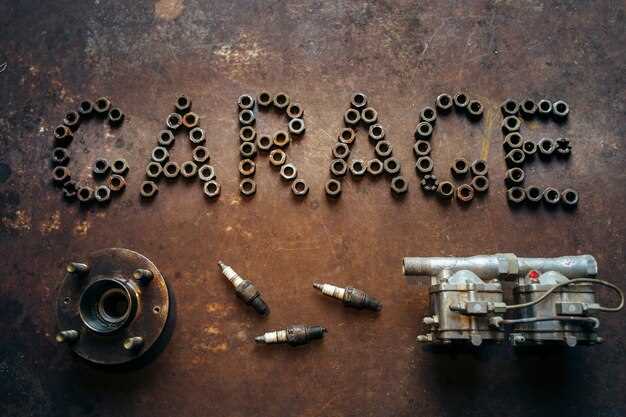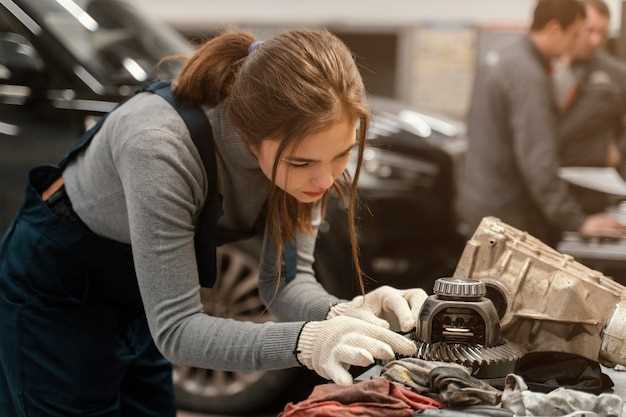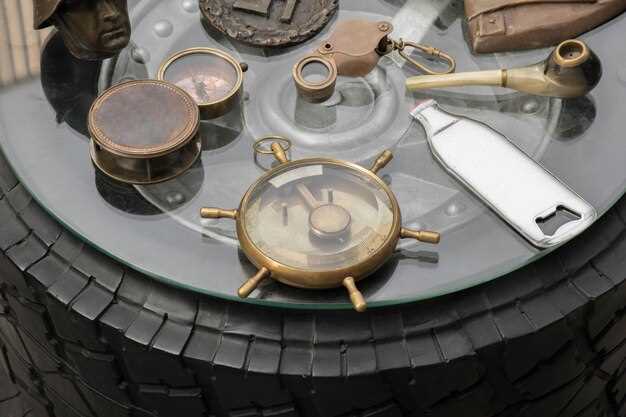
Restoring a vintage car is not just a project; it’s a passion that combines history, engineering, and artistry. The allure of bringing a classic vehicle back to life captivates enthusiasts and collectors alike. However, navigating the world of vintage car restoration can be quite daunting, particularly when it comes to sourcing the right parts. With a multitude of options available, knowing where to start can significantly impact the overall success of your restoration project.
One of the key elements of vintage car restoration is finding authentic parts that match the original specifications. This process often requires patience and a keen eye for detail, as original components might be rare or discontinued. Whether you are looking for a vintage engine, unique body panels, or small interior fittings, understanding the market is essential. Utilizing resources such as antique car shows, online marketplaces, and dedicated vintage auto parts suppliers can help you locate those elusive pieces.
In addition to sourcing parts, it is also vital to assess the quality and compatibility of the components you intend to use. Restorers should prioritize original parts whenever possible, as they not only ensure authenticity but also contribute to the vehicle’s value. However, in cases where original parts are unavailable or excessively priced, high-quality reproductions can serve as suitable alternatives. Evaluating the pros and cons of these options will play a significant role in the overall integrity and authenticity of the restoration.
Ultimately, successful vintage car restoration hinges on careful planning and research. Understanding the specific needs of your classic vehicle and developing a strategy for parts procurement can transform your restoration journey into a rewarding experience. Whether you are a seasoned restorer or just starting, knowing where and how to find the right parts is a crucial step towards realizing your dream of restoring a piece of automotive history.
Identifying Authentic Vintage Parts for Your Restoration Project

When restoring a vintage car, sourcing authentic parts is crucial for maintaining the vehicle’s integrity and value. Begin by researching the specific year, make, and model of your vehicle to understand the original specifications. This knowledge will guide you in identifying the correct parts needed for your restoration.
Utilize reputable resources such as vintage car clubs, forums, and restoration guides. These platforms often have members with extensive knowledge and access to authentic parts. Networking with fellow enthusiasts can lead to valuable insights and potential leads on where to find genuine components.
Inspect old catalogs, manuals, or online databases that list original parts for your car. Authentic vintage parts typically have specific markings, numbers, or labels that denote their originality. Familiarize yourself with these identifiers to avoid purchasing replicas or aftermarket substitutes.
Consider attending classic car shows or swap meets where collectors and vendors often gather. These events can be great opportunities to discover rare parts while also allowing you to visually verify their authenticity through discussions with knowledgeable sellers.
Enlist the help of a professional restorer or appraiser who has experience with your particular vehicle. Their expertise can be invaluable in assessing parts for authenticity and ensuring the highest quality in your restoration project.
Finally, document your findings. Keep records of any genuine parts you acquire, including receipts and photographs. This documentation adds provenance to your restoration, which can enhance the car’s desirability and value in the long run.
Where to Source Hard-to-Find Vintage Car Components

Sourcing hard-to-find vintage car parts requires a combination of creativity, persistence, and knowledge of various resources. Start by exploring specialized online marketplaces dedicated to vintage automotive components. Websites such as eBay, Hemmings, and specialized auction sites often list rare parts from individual sellers and collectors.
Another valuable resource is vintage car clubs and forums. These communities are rich with enthusiasts who share information about where to find specific components as well as personal leads on trustworthy suppliers. Engaging with these groups can also provide insights on the best practices for restoration and maintenance.
Consider visiting local junkyards and salvage yards that focus on vintage vehicles. These locations often have hidden gems that aren’t listed online. Establishing a rapport with the staff can lead to valuable tips on upcoming inventory or leads on other potential sources.
Networking at car shows and swap meets is also effective. Not only can you find vendors specializing in vintage car parts, but you can also meet other enthusiasts who may have parts for sale or tips on where to find them.
Lastly, don’t overlook the power of social media. Platforms like Facebook have dedicated groups where members buy, sell, and trade vintage car components. Connecting with people in these groups can help locate just the part you’re trying to find.
Evaluating the Quality of Vintage Parts Before Purchase
When embarking on a vintage car restoration project, pinpointing the quality of parts is crucial for achieving a successful outcome. The integrity of the components directly impacts the authenticity and performance of the vehicle. Here are key factors to consider when evaluating vintage parts prior to making a purchase.
First, assess the physical condition of the part. Look for signs of rust, corrosion, or wear, as these can indicate potential issues that may compromise the restoration process. Parts that have been well-preserved or stored properly are more likely to meet the high standards required for a quality restoration.
Next, verify the authenticity of the part. Ensure that it is original to the car model for which it is intended. Reproduction parts may be available, but they often lack the same level of quality and fit as original components. Checking for manufacturer stamps and part numbers can help confirm authenticity.
Consider the sourcing process. Parts obtained from reputable dealers or specialty shops tend to come with a certain level of guarantee regarding their quality and condition. Engaging with community forums or vintage car clubs can provide valuable insights about trustworthy sources.
Research the availability of replacement parts. If a particular component is rare or hard to come by, it may be worth investing more in a high-quality version. On the other hand, for more common parts, purchasing a less expensive option may be feasible without compromising on the overall restoration quality.
Finally, always request documentation or testing history if available. Receipts, warranty information, or previous inspection reports can shed light on the part’s service life and compatibility with your restoration project. Ensuring that these details are verified will enhance confidence in your purchase decision.

